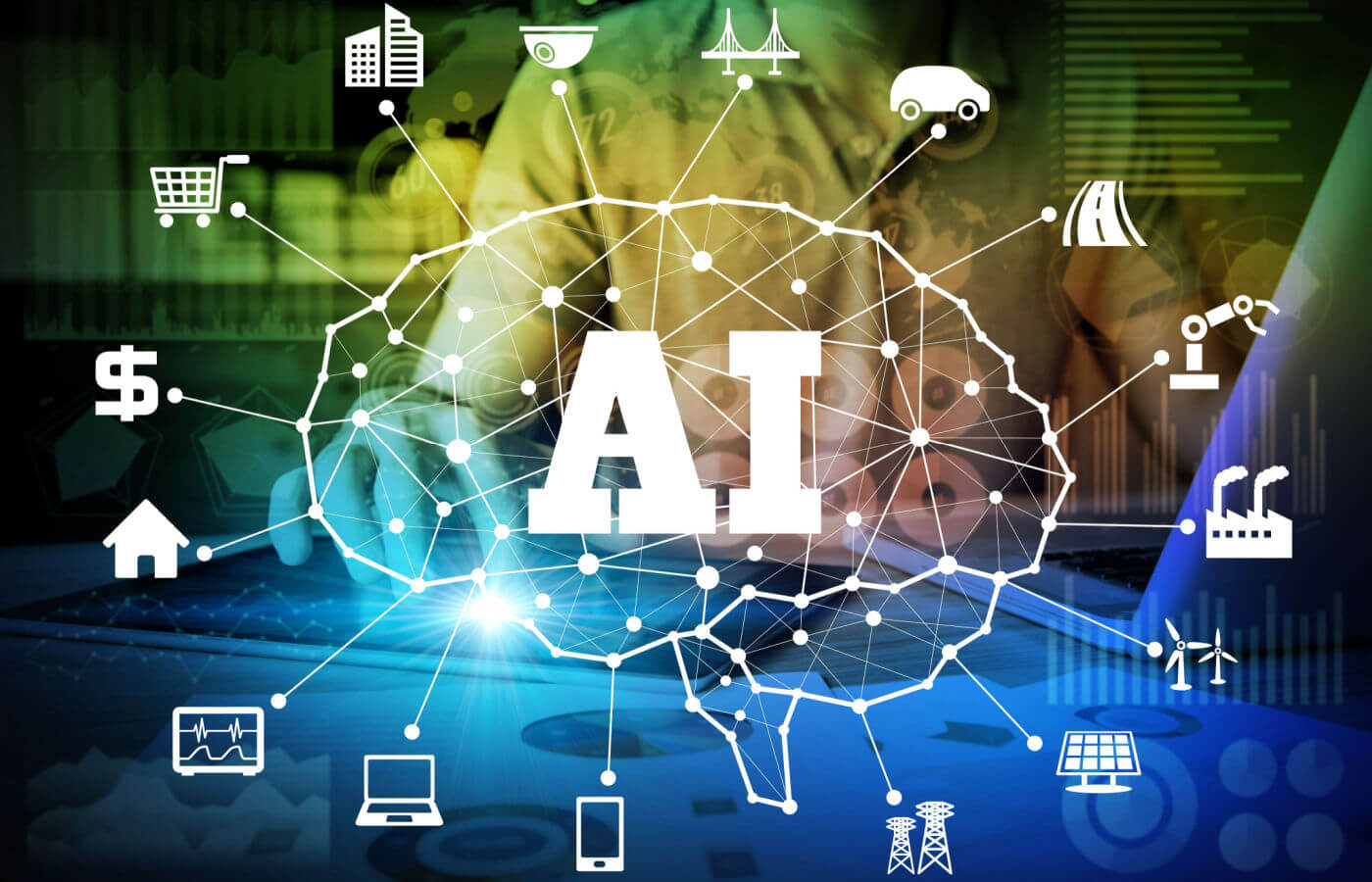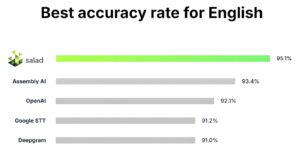Duolingo Shifts to AI, Phasing Out Human Contractors

Duolingo’s Transition to AI-Powered Technology
Introduction to Duolingo’s New Approach
Duolingo, a well-known language-learning platform, is shifting its business model to incorporate artificial intelligence (AI) significantly. To streamline operations and enhance user experience, the company plans to replace its human contractors with AI-driven tools. This transformative move has generated interest and concern about the future of language learning and the role of technology in education.
Why the Shift to AI?
As an innovative and adaptive company, Duolingo aims to provide personalized learning experiences. The integration of AI into the platform serves several purposes:
- Increased Efficiency: By using AI, Duolingo can deliver lessons and feedback more quickly than with human instructors.
- Scalability: AI allows the platform to accommodate millions of users simultaneously without the limitations that come from having human educators.
- Cost Reduction: Automating certain processes can significantly lower operational costs over time, as fewer human resources will be needed.
Implications for Users
Enhanced Learning Experience
With AI, Duolingo intends to tailor lessons more specifically to each learner’s needs. The platform utilizes algorithms that adapt in real-time based on user performance. This means if a user struggles with a specific concept, the AI can adjust the difficulty level or provide additional resources to aid comprehension.
Potential Drawbacks
Despite the advantages, the transition raises concerns among users:
- Human Interaction: Many learners value interaction with human instructors for feedback and motivation. Removing this aspect may impact user engagement.
- Quality of Learning: There are fears over whether AI can match the teaching quality that experienced educators provide, especially in nuanced subjects like language.
Duolingo’s AI Features
Chatbots for Practice
Duolingo plans to utilize chatbots as a conversational partner for learners. This feature will allow users to practice speaking and writing while receiving instant responses. The AI is designed to engage users in meaningful dialogue, helping them experiment with language use in a safe environment.
Personalized Feedback
AI’s capacity to analyze errors will enable the platform to provide specific, personalized feedback to users. For instance, if a learner consistently mistranslates a specific word, the AI will recognize this and direct the individual to tailored exercises.
Future Implications for Language Learning
The shift to an "AI-first" model at Duolingo might set a precedent for other educational platforms. As they witness the technological advancements and efficiency gains by Duolingo, it’s likely more companies will follow suit, potentially altering how languages and other subjects are taught globally.
Conclusion
While Duolingo’s transition to AI-driven technology offers exciting possibilities, it also raises important questions about the role of human educators in the digital learning landscape. As the company embraces this new model, it will be interesting to see how effective the integration of AI can be in improving learner outcomes and maintaining user engagement. The evolving landscape of education and technology will continue to be a focal point for discussion and observation in the coming years.






